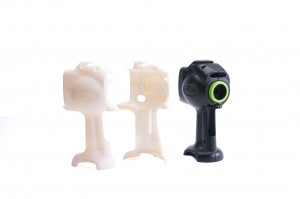Oftentimes, a frustrating (and sometimes expensive) issue arises when a part designer does not take the time to factor in shrinkage for a cast urethane component.
Even the most experienced designers can be caught off guard by the many factors that can contribute to shrinkage in urethane and thermoset plastics.
Keep an eye on these factors and be prepared for shrinkage.
Size and Wall Thickness – It only makes sense that bigger parts have more potential to shrink. Likewise, the thickness of the wall on the mold will have an effect on the temperature and the time needed for curing.
Temperature in the Working Area – Seasons will change. That’s not news to folks in the Midwest and northern areas of the country. A part made in December will not behave the same as one created in June.
Mold Materials – Learn about the properties of the material used to make the mold. Aluminum, steel and silicon all have their advantages and disadvantages, as well as differences in how they respond to heat.
If you want to know for sure how much a particular cast urethane part will shrink, testing is the only way to go. The standard ASTM D-2566 testing procedure typically uses a steel mold to create a part that is 9.75” long and 1” deep. The key here is to make sure the test is performed under constant conditions, meaning the room, material and mold are maintained at temperatures between 72ºF and 77ºF.
Allow the mold to cure and measure the piece for shrinkage. Then, allow the piece to cure at room temperature for one week and measure again to see how it responds to a full cure. Of course, you can perform the same test with variances in materials.
It’s critical, as we all know, to accurately record the testing, so you can replicate the part in the future without running a full test.
Contact Product Development Solutions today if you need more information on calculating shrinkage for cast urethane parts.

